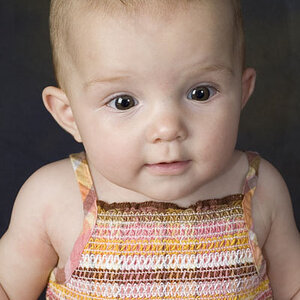slat
Been spending a lot of time on here!
- Joined
- Oct 1, 2016
- Messages
- 3,452
- Reaction score
- 1,043
- Location
- Missouri
- Can others edit my Photos
- Photos OK to edit
I have a Tamron 100-400 lens and think it's just a little soft. I have the TAP-in console to make adjustments. I shot these handheld. Is it poor form on my part or is it a bit soft?
 IMG_0179 by Steven Emmons, on Flickr
IMG_0179 by Steven Emmons, on Flickr
 IMG_0165 by Steven Emmons, on Flickr
IMG_0165 by Steven Emmons, on Flickr
 IMG_0179 by Steven Emmons, on Flickr
IMG_0179 by Steven Emmons, on Flickr IMG_0165 by Steven Emmons, on Flickr
IMG_0165 by Steven Emmons, on Flickr

![[No title]](/data/xfmg/thumbnail/32/32176-48b4ba2fc0e35afa267c5882154e7620.jpg?1619735235)




![[No title]](/data/xfmg/thumbnail/41/41906-b9041eb5a3fa48eb5d5084ac2198a75c.jpg?1619739940)
![[No title]](/data/xfmg/thumbnail/41/41905-b622c7d92c817afea0d4f5704e7fb329.jpg?1619739940)
![[No title]](/data/xfmg/thumbnail/32/32177-3a3d923fa1584c6ef7d6602aaa24fbc6.jpg?1619735235)


![[No title]](/data/xfmg/thumbnail/31/31978-02cde49248ebdf1b82fba5c899e08378.jpg?1619735136)
